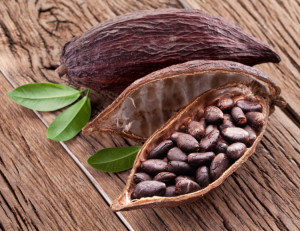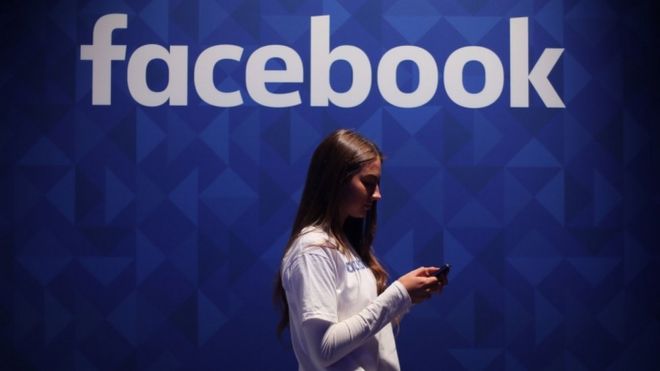Secret Ingredient For Super Brain Health
If you like chocolate then today I’ve got some good news for you: chocolate makes people smarter. Researchers have validated that it is so. But before you go out and stock up on Hershey’s bars, there’s a little bit more information you should know in order to make the most of this news. Not just any chocolate will do. Read on to find out how to optimize your brain health.
The History of Cacao
Chocolate is made from the seed of a tropical plant, which is fermented and roasted in order to produce the distinctive flavor that we recognize as chocolate. The cacao seed itself is what contains all the beneficial compounds, and so as we’ll see later, the type of chocolate that you eat makes a big difference in the benefits that you can receive from it. From here on out I’ll simply refer to cacao instead of chocolate when referring to the beneficial substance.
Cacao is native to mesoamerica, and it has been enjoyed by the native people of mesoamerica for nearly 4000 years. The mesoamerican people traditionally produced cacao drinks, mostly unsweetened. In fact, the name for the plant actually means “bitter seed” because the traditional drinks made from cacao were bitter, rather like coffee. While some cultures made plain cacao drinks, other cultures added things such as cayenne and vanilla to flavor the drinks.
 Cacao was widely recognized for its health benefits among the mesoamericans, and it even came to have religious importance in some cultures, such was its importance.
Cacao was widely recognized for its health benefits among the mesoamericans, and it even came to have religious importance in some cultures, such was its importance.
The Europeans first learned of cacao when Columbus and then Cortes brought back cacao to Spain. However, the Spaniards didn’t take to the bitter drink, and it took nearly 100 years before it was appreciated in Europe. By that time it began to spread to other countries, and soon it was sweetened to make it more palatable to the European palate. By the 1700s a Frenchman had invested a machine to mass produce chocolate from cacao, and the popularity of chocolate (and thus cacao) began to escalate.
By the late 1800s and early 1900s some of the big names in chocolate came to rise, including Nestle, Cadbury, and Hershey, and chocolate soon became widely available and popular.
What’s In Cacao?
Cacao contains a number of compounds that are recognized as providing health benefits, including cognitive benefits. Among them, two categories have received the most attention. Those are xanthines and flavonols.
Cacao is one of the richest sources of flavanols among all foods. Flavanols are considered to be antioxidants, meaning that they protect against oxidative stress in the body. They are also recognized as helping to maintain the natural, healthy elasticity of the blood vessels. That not only benefits the circulatory system, but also the brain, protecting it against neurological damage and potentially increasing intelligence.
Cacao also contains the xanthines called theobromine and the more famous caffeine. While most people are familiar with xanthines such as caffeine, they aren’t aware that human bodies produce and use many xanthines. In fact, every cell in the body includes xanthines because they are essential to DNA! Dietary xanthines are thought to confer many potential health benefits, among them being improved cognition.
The Studies
A group of researchers from Boston’s Brigham and Women’s Hospital conducted a study specifically looking at the cognitive effects of cacao in older people. The study had 60 participants who were tested regularly using cognitive skills tests. The participants also did MRI scans of their brains to monitor the effects of cacao consumption.
What the researchers found was that the participants who consumed cacao performed significantly better on the cognitive skills tests. They also had an increase in what is called neurovascular coupling. Neurovascular coupling is associated with improved cognitive performance and improved health more generally, leading the researchers to conclude that both neurovascular coupling and cognitive performance can be improved by the regular consumption of cacao.
Other studies have found that the xanthines in cacao can improve mood and cognitive performance.
The Right Chocolate
According to the research, the best type of chocolate is not chocolate (which is the processed form of cacao), but the raw, fermented, roasted cacao itself. That’s because the cacao is what contains all the substances thought to be so beneficial.
Unfortunately, what that means is that most chocolate is not particularly healthful in terms of flavanol and xanthine content because most chocolate contains a very small amount of cacao – sometimes as little as 5 percent. So Hershey’s bars aren’t going to quality as “health food”. Sorry to be the bearer of bad news.
But the good news is that dark chocolate with a high cacao content (look for 70 percent or higher) do contain a significant amount of the health promoting, cognition-enhancing compounds. And hot chocolate made with a substantial amount of pure cacao or cocoa (cocoa is cacao in which the fat has been removed) also has significant amounts of xanthines and flavanols.
So now you can eat a bit of dark chocolate or drink a cup of hot chocolate (or snack on raw cacao) with impunity knowing that doing so can make you smarter. Plus it tastes pretty good. So enjoy in moderation.









Recent Comments